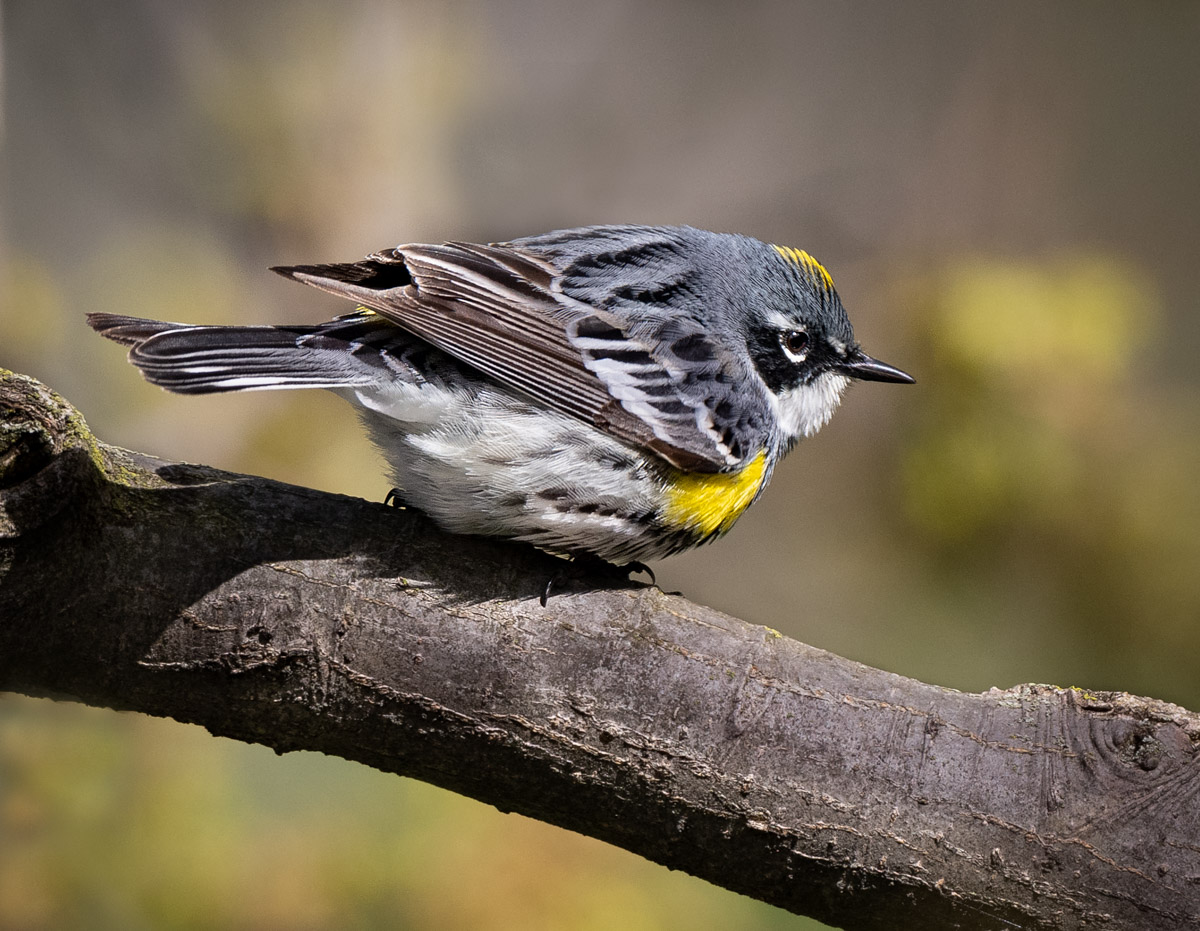
Warblers are easily one of the birding world’s most fascinating families with so many colors and patterns to their plumage. How many species there are is under almost constant revision, it seems, as genetic advances reveal even more secrets. At the time of writing, it is thought there are now 122 species of extant New World warblers. More often than not, it is fairly easy for your average birder to tell these apart – in the spring. But it’s a whole new ball game come the fall…

Breeding season in spring is an exciting time for both birds and birders – the arrival of spring migrants is a fast and highly anticipated event, with birders watching the skies and migration tracking apps with glee. Some warblers like the yellow warbler are the first birds to arrive in North America, flocking north along the major flyways up through the states from their tropical wintering grounds in the millions. At this time of year, warblers are often brightly colored, all decked out in their courtship plumage ready to kick off that new cycle of life again before returning to wintering grounds later that year. Adult males are also a lot easier to spot in the spring, perched on outermost branches belting out a song to attract a mate.
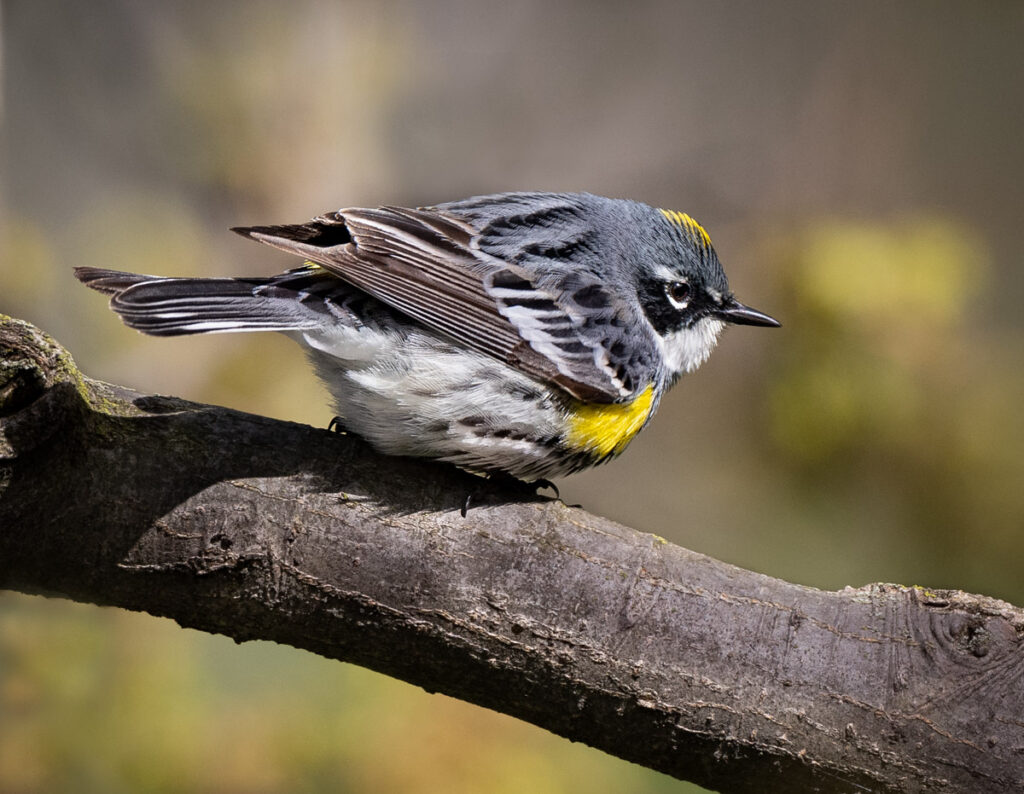
But when fall comes around and these birds start moving south again, the world of warbler ID gets flipped on its head. Even though this migration period is actually more drawn out than spring, lasting for several weeks allowing more time to get out and observe, gone are the bright breeding plumages and melodic songs; the need to stand out has passed, and now the flight for survival to warmer climes is on.
Something else that can make warbler ID tricky in the fall is the abundance of new birds. All of those fledged hatchlings will be heading off on their first migration, and immature birds overwhelmingly have dull plumage, much like the females of dimorphic species. This is one good argument at least for spending more time learning about female plumage – it’s not just the guys that are important.
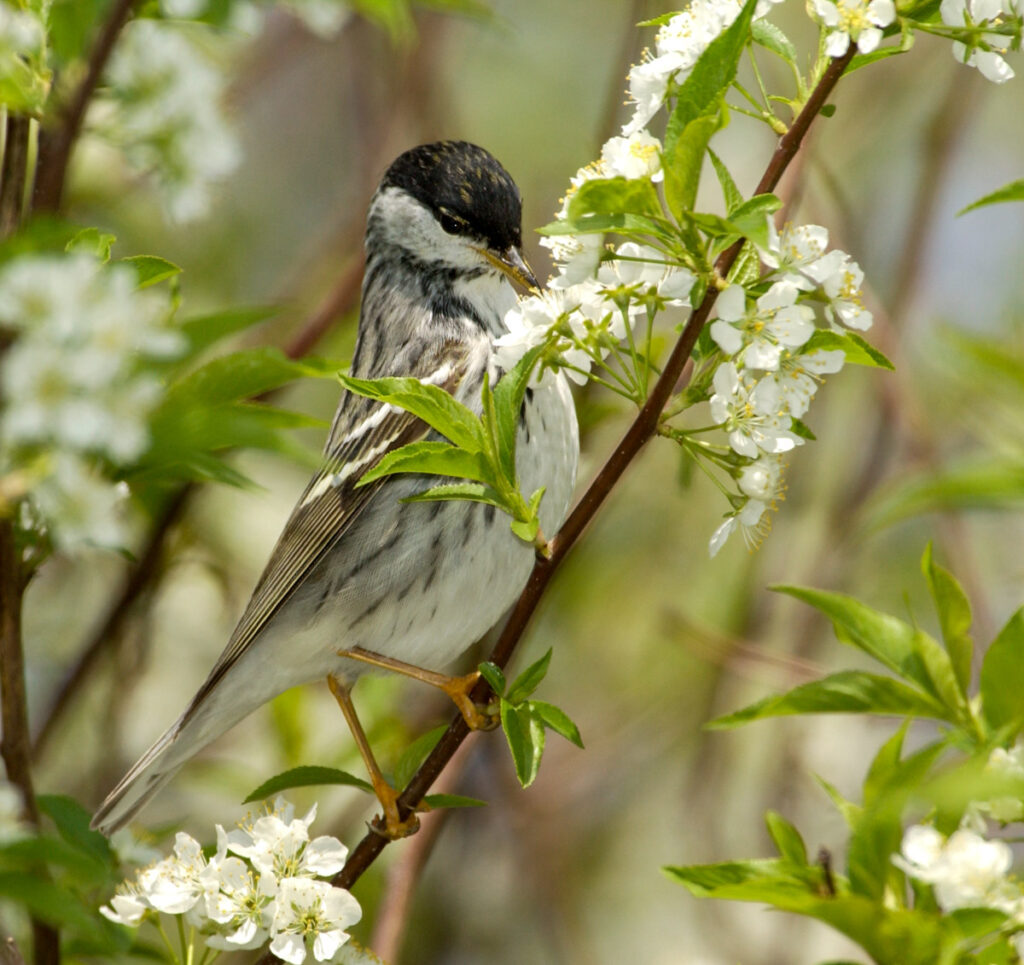
But the long-held notion that IDing fall warblers should be a head-scratcher is like a self-fulfilling prophecy: it doesn’t have to be this way. As with any bird ID, you just need to know what to look for, and stop relying on the obvious differences in color. Rule 101 in beginner bird ID is to avoid that very trap, and look for other characteristics that help you figure out just who it is you’re looking at.
Also bear in mind that on the face of it, not that many warbler species actually look that drastically different to their spring wardrobe. There are a few that are entirely different, but on the whole, the look is simply more muted. The feathers can also sometimes look a little brighter in the fall, despite being paler or duller, as they have just gone through the post-breeding season molt. There is even one species, the Tennessee warbler, whose yellow plumage is brighter in the fall than in spring.
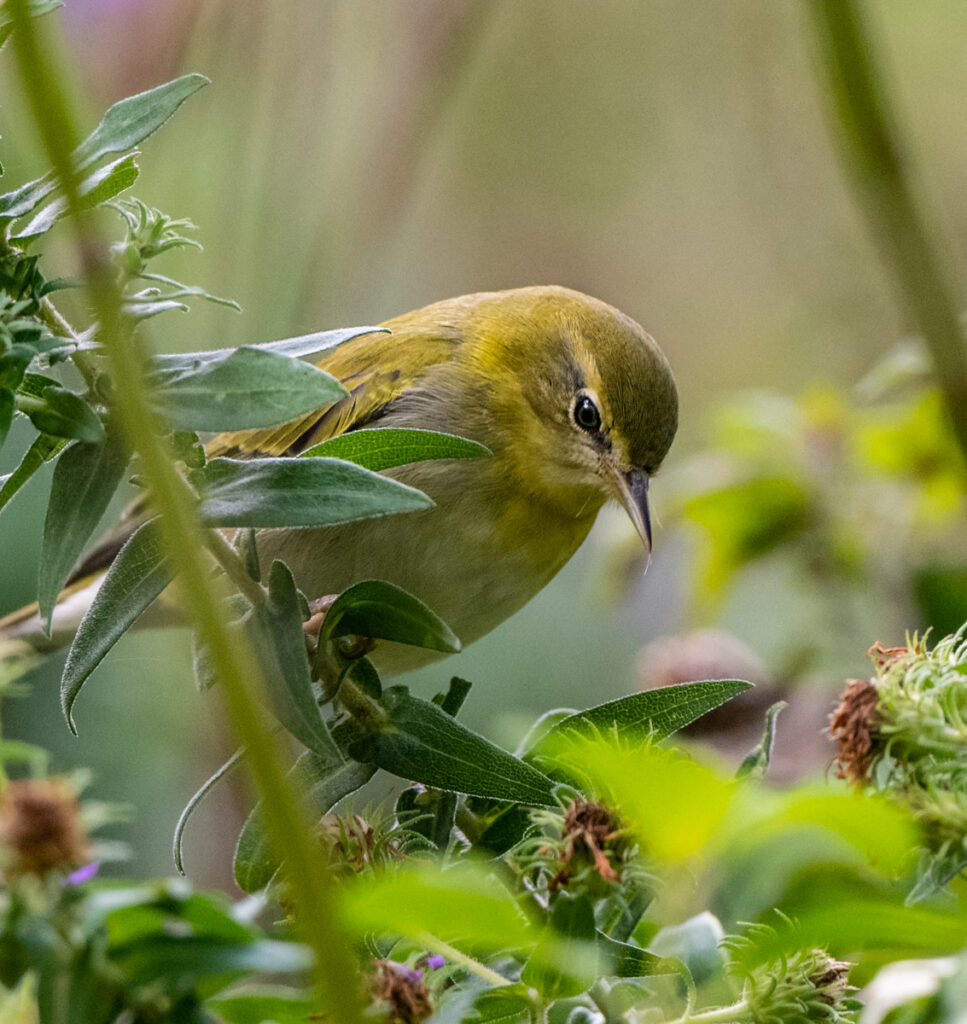
A good approach to IDing fall warblers is to set aside the uncertainty from the off, and focus on this initialism: WFTU. This stands for two messages – doubly helpful: What Feathers Tell Us, and Wings, Face, Throat and Undertail. Paying attention to these diagnostic features of a bird will solve all your problems.
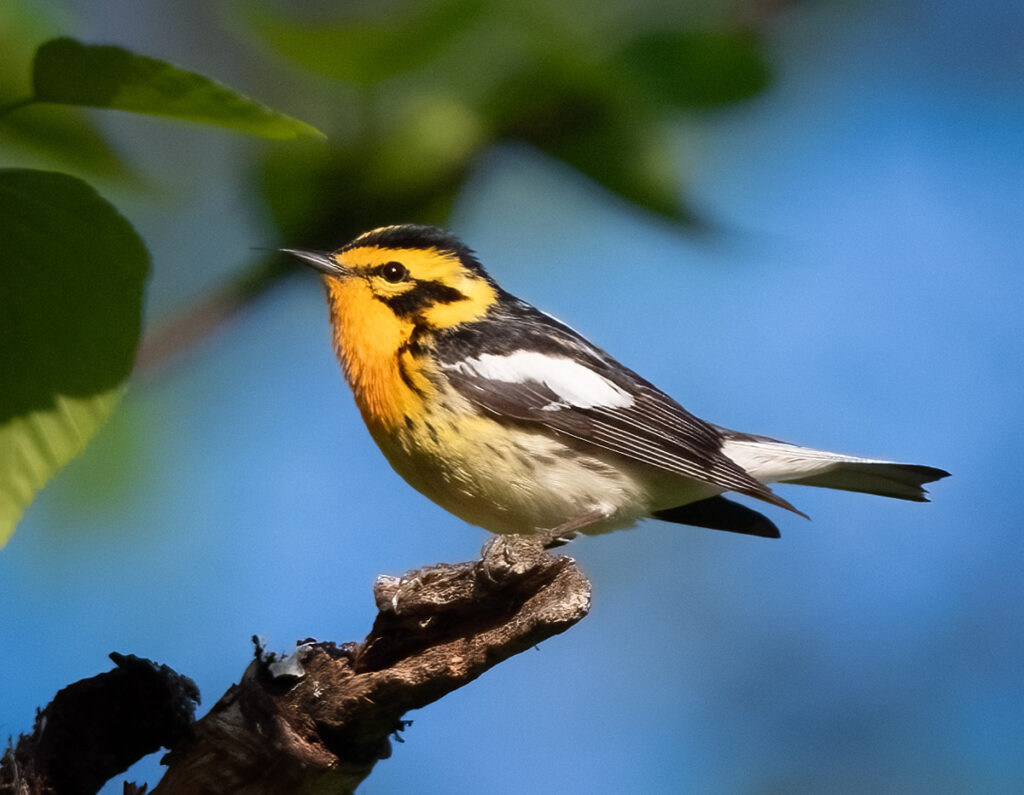
Take the male Blackburnian warbler – in spring, his face mask of bright orange and black transforms to a muted version in the fall, exactly like the females all year-round – but the pattern is still the same, and that tell-tale white wing bar is constant, as are the white undertail feathers.
Getting to know these identifying features of warblers will take some work, but will also help you immensely when the seasons change, so try and focus less on the actual colors. Note down patterns and consistencies like wing bars and rump flashes, eye rings, eyebrows or stripes, a cheek patch, light or dark throats, and what color is the undertail and undertail coverts.
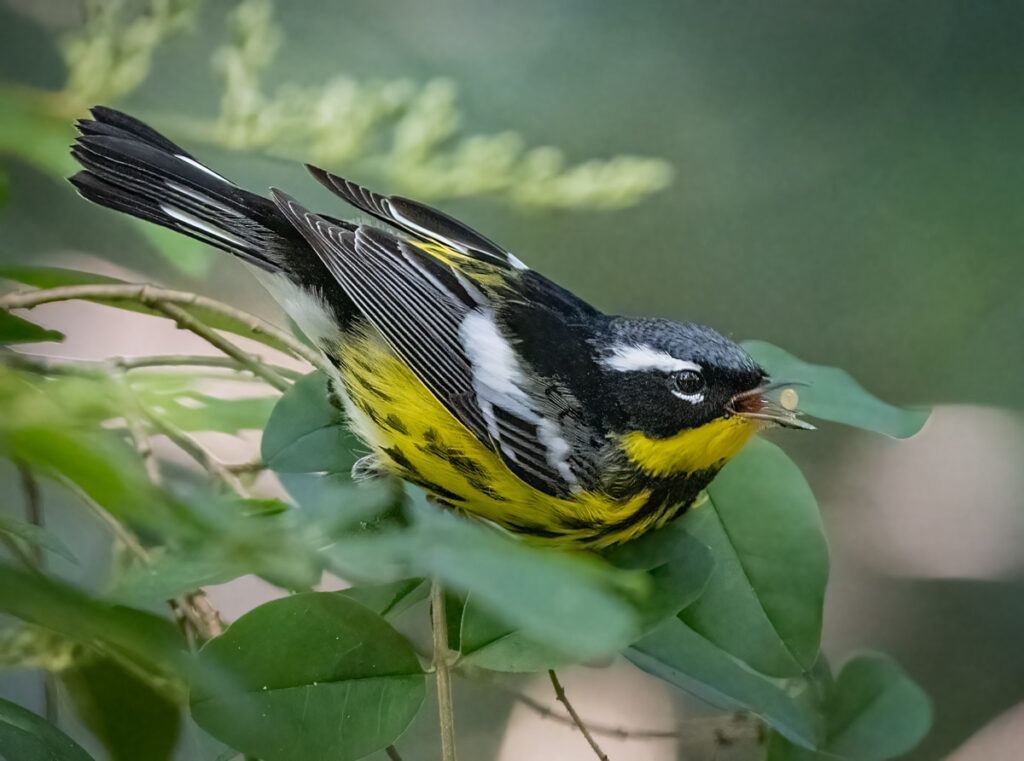
These last two sound hard to understand but can be revelatory when IDing in the field, as more often than not, this may be all you get to see of the bird before it flies away. The two terms are simple – undertail is self-explanatory – under the tail. The undertail coverts are the set of feathers that lead from the belly of the bird to the tail feathers themselves. Using a magnolia warbler as an example, look at the tip of the tail – it’s black, but the rest of the tail and the undertail coverts are stark white. Even if you only ever saw this part of the bird, with practice you’d know it was a magnolia warbler.
Everyone’s approach to learning about bird ID varies, but remember that well-thumbed field guides and stared at photographs are no substitute for practical experience. The idea that fall warbler ID is inherently confusing can be a stumbling block in itself, and the only way to get past that is to get out there and find them. Once you’ve seen a few, you’ll start to form an understanding of just how simple it actually is


